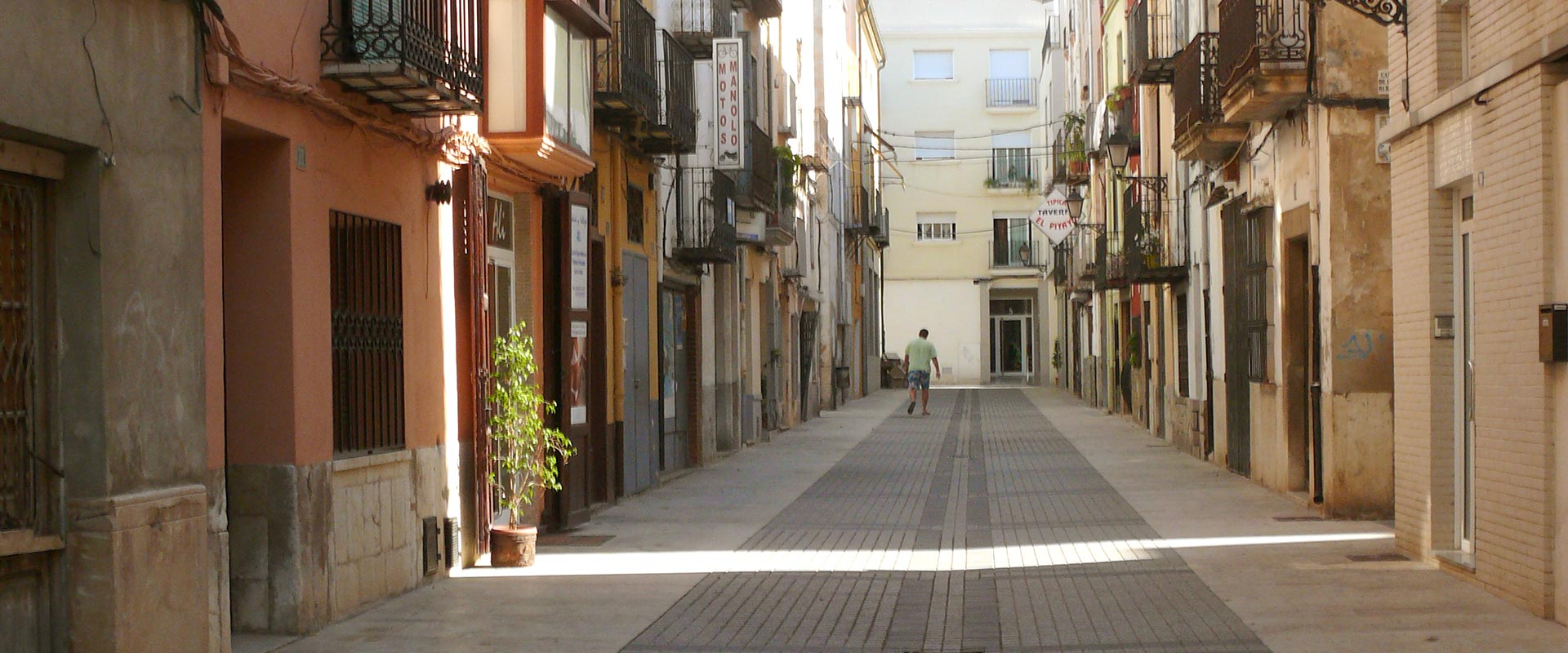Ample street



This is one of the oldest streets in Benicarló, and is near to the now disappeared “Placeta dels Alls” (Garlic Square). There was a small farmstead here which belonged to a group of Arab farmers whose family name was Beni-gazlun, descendants of Gazlun, a Berber group which settled in the north of Castellón and the south of Teruel. It was a farmstead with 24 houses for workers, which was dependant on Peníscola, and was enclosed to make defence from Christian attacks easier. The back walls of the houses formed the outer wall and there was probably once a watchtower and mosque here too.
There is an ancient door of Arabic origin in this Street, however, it is unknown as to whether it corresponds to this period of Benicarló history or not. The inscription carved into it in Arabic writing literally reads: “In the name of God, merciful and gracious.” This small farmstead with its uneven layout, which surrounded the “Placeta dels Alls” (Garlic Square), is where the town of Benicarló first originated.
Why was it called Garlic Square? Well, it was given this name because of the damp smell from this enclosed area which had practically no ventilation, and was similar to the smell of garlic; this gives us an idea of the poor quality of air breathed here.
This square suffered serious damage during the siege of General Cabrera and disappeared with urban planning which began after the first Carlist War, and whose purpose was to clean the area and make it more beautiful.
Ample Street was also one of the most dynamic trading places after the Civil War (1936 to 1939). Craftsmen and tradesmen lined both sides of the streets in their modest premises: shoe makers, printers, dentists, corset makers, bicycle repairers, teachers, practitioners, dressmakers… and there were coffee shops too.